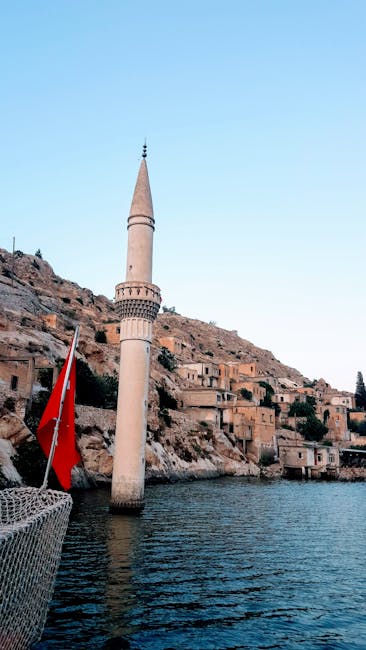-
ASI Study of Submerged Remains: The Archaeological Survey of India (ASI) is conducting a scientific study to explore submerged archaeological remains at Dwarka and Beyt Dwarka in Gujarat.
-
Purpose of Study: To ascertain the antiquity of recovered objects through scientific analysis of sediments, archaeological, and marine deposits.
-
Historical Significance of Dwarka: Dwarka, where Lord Krishna settled, is considered one of the Char Dham pilgrimage sites and an important part of India’s cultural history. According to legend, Krishna reclaimed land from the sea to establish Dwarka.
-
Beyt Dwarka’s Importance: Beyt Dwarka (Shankhodhar) is believed to be the ancient home of Lord Krishna, identified as Antardvipa in the Mahabharata. Excavations trace habitation back to the Harappan and Mauryan periods.
-
Past ASI Findings: Previous ASI investigations (2005-2007) revealed submerged structures, stone jetties, anchors, ancient sculptures and fortified walls, indicating a prosperous ancient port. A deposit of about 10 metres having 26 layers was excavated in 2007 and antiquities recovered from this small excavation included iron objects, beads, copper objects, rings, etc.
-
Expanded Study Area: The current study aims to cover an expanded area in Okhamandal city to understand the history of the site.
-
Sudarshan Setu: The recent inauguration of the Sudarshan Setu, India’s longest cable-stayed bridge, improves access to Beyt Dwarka.
-
Gujarat Government Plans: The Gujarat government plans to introduce a submarine service in Dwarka to explore underwater relics.
-
Prime Minister Modi’s Visit: In February, Prime Minister Narendra Modi offered prayers at the Dwarkadhish temple by diving into deep water.
